Traditionally, the decision to deliver a baby by cesarean section (C-section) was made by a woman’s obstetrician. It was based purely on medical reasons such as a baby in the “breech” position (head-up, bottom-down) or a cervix that wouldn’t fully dilate. These days, women realize that there are other potential reasons to favor a C-section over a vaginal delivery, and more women are asking their doctors to perform planned cesarean sections. Though C-sections are generally very straightforward operations with low complication rates, it is important to factor in the pros and cons when choosing the mode of delivery.
Some disadvantages of a planned C-section include:
Longer recovery time. Women who have C-sections typically need to stay in the hospital for more days and take longer to feel back to themselves than women who have vaginal deliveries. This often includes feeling weaker, moving slower, and perhaps even having a harder time lifting the baby.
Increased risk of breathing problems for the baby. It has been shown that the process of labor and vaginal delivery helps babies’ lungs develop so that as soon as they are born, they can breathe on their own. Without going through labor, babies after planned C-sections are more likely to suffer from respiratory distress syndrome or other breathing complications. Premature babies are also more likely to have breathing problems due to incompletely developed lungs. One way to reduce the chances of this is to be sure to schedule the C-section for no earlier than 39 weeks of pregnancy (that is, one week before the due date).
Risks in future pregnancies. If a woman plans to have more than one child, it is important to know that having a C-section for the first baby pretty much guarantees that the rest of her children will be delivered by C-section. After each operation, the body forms scar tissue or adhesions during the healing process. This makes each subsequent surgery that much more difficult and that much more risky. As the number of previous C-sections gets higher, there is a greater risk of the uterus rupturing during labor and of losing the uterus altogether due to uncontrollable hemorrhage. Therefore, C-sections by choice are not ideal for women who plan to have multiple children.
These are just some of the issues that need to be taken into account when deciding whether a planned C-section is right for you. Other risks and benefits that are specific to you and your particular pregnancy will also need to be factored in and discussed between you and your healthcare provider.

